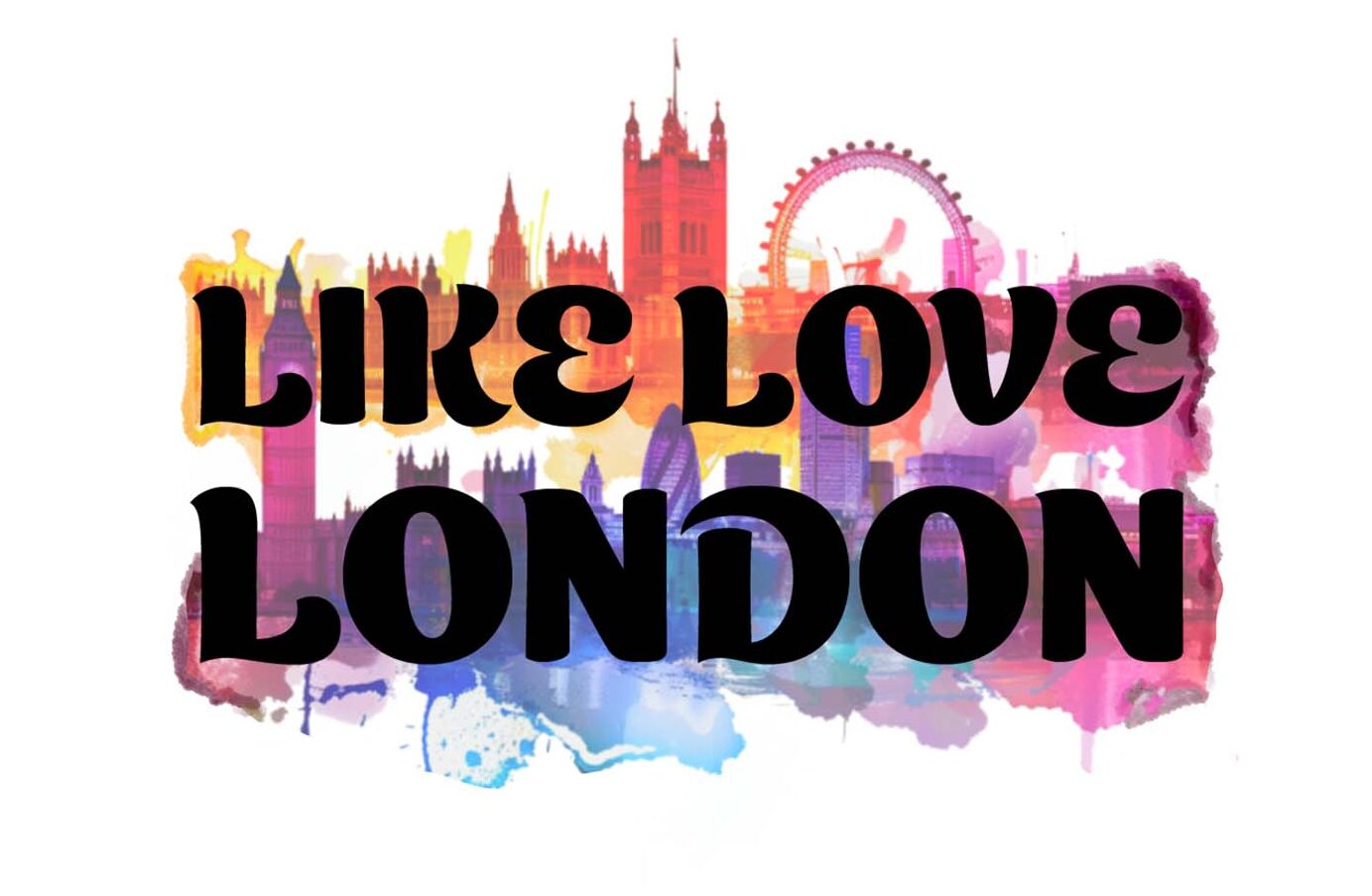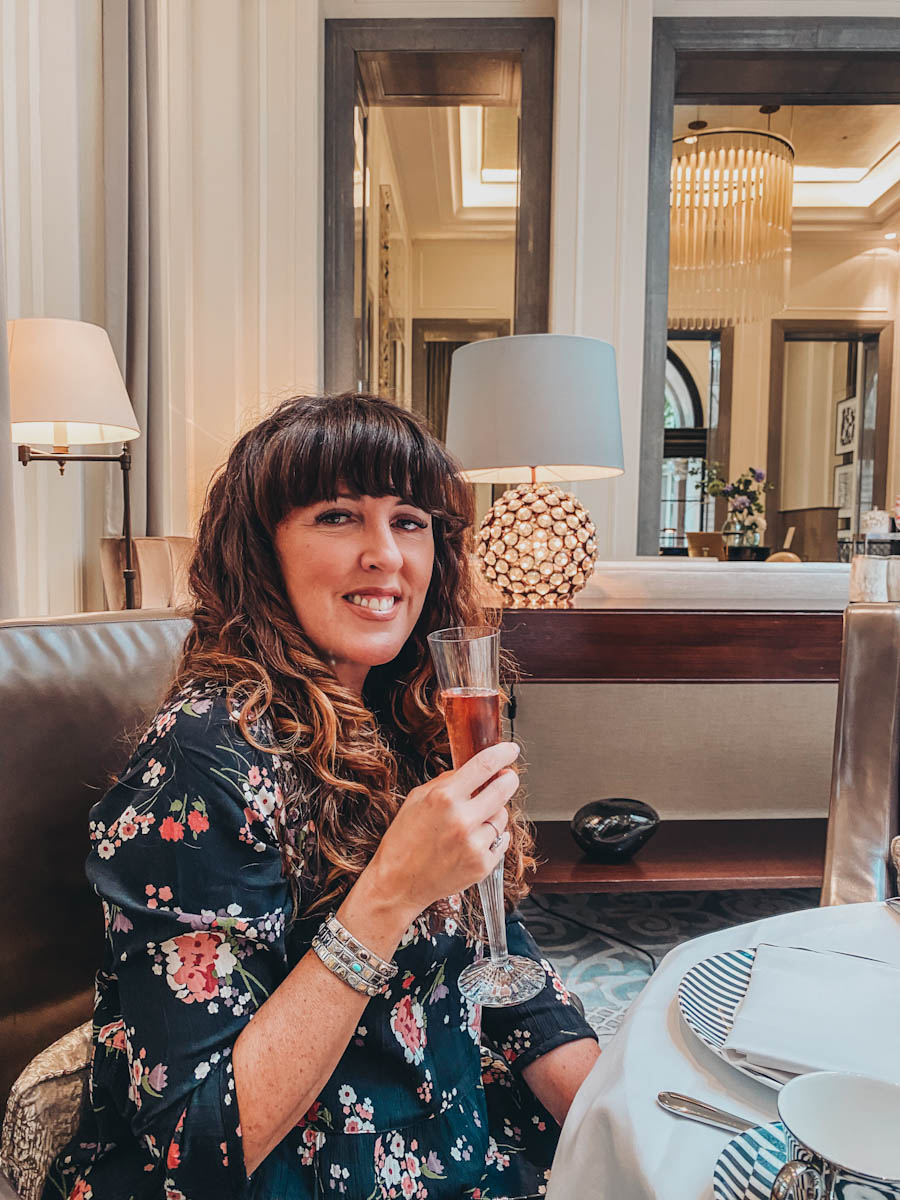Table of Contents
I may have been compensated, or could be compensated, if you click on a link in this post via a cash payment, gift or something else of value for writing this post. See our full disclosure policy and privacy policy for more details.
Everything you need to know about the British tradition of Afternoon Tea and High Tea in London

The Classic Afternoon tea has evolved from fluffy scones and Tea to elegant glasses of champagne served in extravagant locations. What once was little sandwiches and a cup of tea enjoyed by the upper class is now loved by everyone. High tea and Afternoon tea in London is now considered a luxurious tea or treat for a special occasion. Let’s explore the British history of the afternoon tea experience in London.
What’s the Best Time for Afternoon Tea?

The ideal time for Afternoon Tea is typically between 3 PM and 5 PM. It’s that sweet spot when the morning rush has settled and dinner preparations haven’t yet begun. The clock ticks gently, inviting you to pause, sip, and savour.
What is Afternoon Tea in London?

Afternoon Tea in London is a delightful social event that typically takes place between lunch and dinner, usually around 3 or 4 PM. It was popularized by the upper classes in the 19th century. During Afternoon Tea, people gather to enjoy a light meal, which is generally served on a three-tiered tray and includes:
- Scones: Scones or fruit scones served with clotted cream and jam.
- Finger sandwiches: Filled with various ingredients like cucumber, smoked salmon, coronation chicken or ham and cream cheese.
- Pastries and cakes: Sweet treats to satisfy the palate.
- A cup of tea: Teas such as Earl Grey, Black tea, or loose-leaf tea, typically grown in India or Ceylon, poured from silver teapots into delicate bone china cups.
- Occasionally severed with a glass of champagne.
What is the history of afternoon tea?

The tradition of Afternoon Tea has a fascinating history. In the mid-19th century, Anna, the 7th Duchess of Bedford, introduced the concept of afternoon tea in England. Around four o’clock in the afternoon, the Duchess would often feel hungry. The evening meal in her household was served fashionably late, around eight o’clock. This left a considerable gap between lunch and dinner, leading to her craving a little something to tide her over.
Anna, the seventh Duchess of Bedford, requested that a tray of tea, bread and butter, and cake be brought to her room during this late afternoon period. She made this a habit and started inviting friends to join her. What began as a personal pause for tea soon transformed into a fashionable social event.
By the 1880s, upper-class and society women embraced the tradition. They would change into long gowns, gloves, and hats for their afternoon tea. The setting was usually the drawing room, and the time ranged between four and five o’clock.
Afternoon Tea in London Today

Nowadays, in the average suburban home, afternoon tea might be as simple as a biscuit or small cake accompanied by a mug of tea (usually produced using a teabag). However, to experience the best of the afternoon tea tradition, consider indulging yourself at one of London’s finest hotels or visiting a quaint tearoom.
The Devonshire Cream Tea, famous worldwide, features scones, strawberry jam, and the vital ingredient, Devon clotted cream, all served in charming china teacups.
Remember, whether you’re sipping tea in a grand hotel or enjoying a cosy homemade version, afternoon tea remains a delightful and cherished part of British culture!
What is High Tea?

The setting for Afternoon Tea is often low tables and low comfortable chairs or sofas. High Tea, on the other hand, has a different origin and purpose.
It was not meant for high society but rather for the working class. High Tea, also known as tea time, is more substantial and serves as a comforting working-class meal after a hard day’s work.
Key features of high Tea include:
- Timing: It’s often served in the early evening, closer to supper or dinner.
- Full Meal: Unlike Afternoon Tea, High Tea isn’t just a light snack. It’s a proper meal.
- Menu: A typical Teaspread includes:
- Savoury items: Think cheeses, meats, and hearty sandwiches.
- Sweets: Alongside the savoury options, you’ll find cakes and pastries.
- Tea: Of course, a teapot filled with a robust brew, generally from a tea bag.
- Seating: High Tea is enjoyed at a table, often with high-backed dining chairs.
Why the Name “High Tea”?

The term “high tea” likely originated from eating at a high table, as opposed to the low, comfortable seating used during Afternoon Tea. Interestingly, the upper classes eventually adopted this working-class tradition and also referred to it as “high tea.” In some parts of the world, the Afternoon Tea menu served in the UK is even called high tea.
So, whether you’re enjoying a refined Afternoon Tea or a heartier high tea, both have their place in British culture and continue to be cherished traditions.
What time is high tea in London?

High Tea in London is typically served around 5pm. It more widely known as Tea time as is more of a dying tradition. Most people now have dinner a little later.
Is there a Dress code for Afternoon Tea in London?

Dress like you were attending a nice daytime luncheon or wedding. Some hotels have dress codes, such as the Ritz, but this would generally be no jeans and no shorts. All sorts of dresses and trousers and suits would be fine it really depends on the location of the Afternoon Tea. Smart or casual is an ideal dress code for afternoon tea in London.
Popular Afternoon Teas in London

These places are considered to be popular places for afternoon tea in London.
- The Corinthian
- The Ritz
- The Savoy
- Afternoon tea on a double-decker bus
- The Thames Foyer
- The swan at the Globe Theatre
- Theatre Royal Drury Lane Afternoon tea
- The Goring afternoon tea
- Claridge’s Afternoon Tea



Leave a Reply